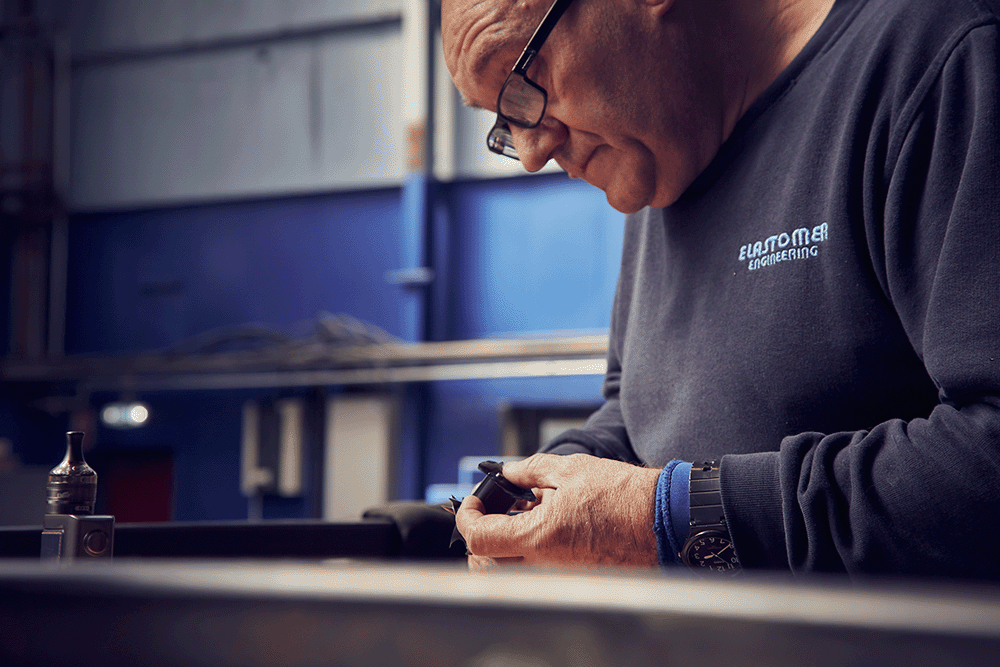
Material Guide: Hydrogenated Nitrile Rubber
Our Guide To HNBR – Hydrogenated Nitrile Rubber
Hydrogenated AcryloNitrile Butadiene Rubber (HNBR) properties depend upon the acrylonitrile content and the degree of hydrogenation of the copolymer. They have somewhat better oil and chemical resistance than nitrile rubber and can withstand much higher temperatures.
What Are The Advantages Of HNBR?
HNBR has excellent resistance to sour oil and gas, steam, hot water and ozone. Physical properties such as tensile and tear strength, elongation, abrasion resistance and compression set are excellent, while compounds exhibit good dynamic behaviour at elevated temperatures.
Like EPDM, hydrogenated nitrile rubber can either be cured with sulphur or peroxide, depending upon which properties are the most important.
Components in HNBR offer an excellent range of performance at a cost between nitrile rubber and fluoroelastomers (FKM).

What Are The Disadvantages Of HNBR?
The limitations of HNBR include poor electrical properties, poor flame resistance, and it can easily be damaged by aromatic oils and polar organic solvents.
What Are The Typical Applications Of HNBR?
Typical applications include:
- Accumulator Bladders
- Diaphragms
- Gaskets
- Seals (especially for the oil and gas industries)
What Temperatures Can HNBR Operate Under?
The typical working temperature range of HNBR is -25°C to +160°C.
Looking for more detailed information on the different types of rubbers and polymers we work with? Then check out our material guides where you can find FAQ’s and more guides like this one detailing all you need to know. If you are looking for rubber or polymer products get in touch with DLR Elastomer today via our contact page or via LinkedIn and we can chat over your requirements.

Any questions? Get in touch
Since 1895 DLR has been combining expansive knowledge of materials, their properties, and processing techniques to develop bespoke mouldings and fabrications for many industry sectors. Our core services include moulding rubber, rubber sheeting, Petroseals, and cast polyurethane products. If you have any questions about our products, our process or the materials we use get in touch today!


